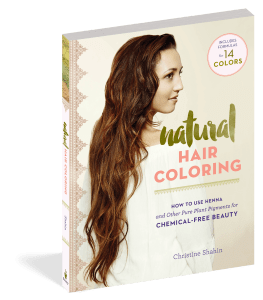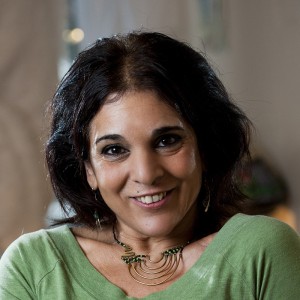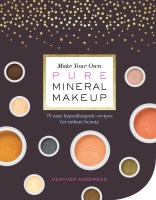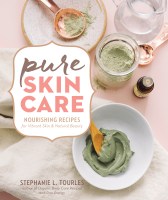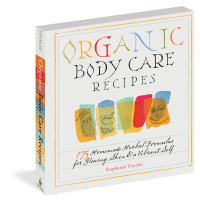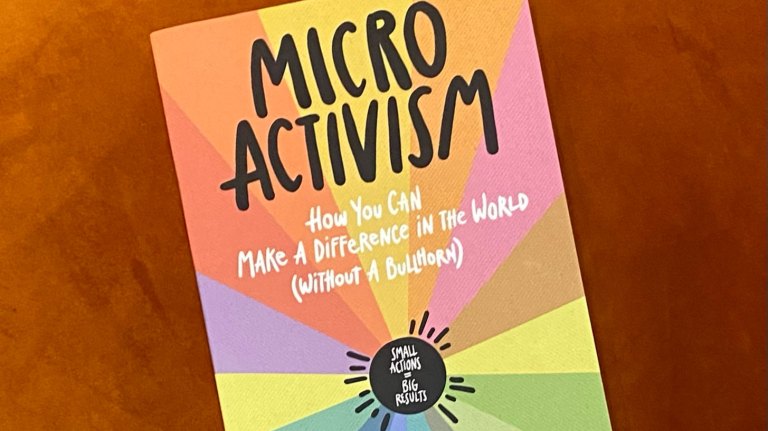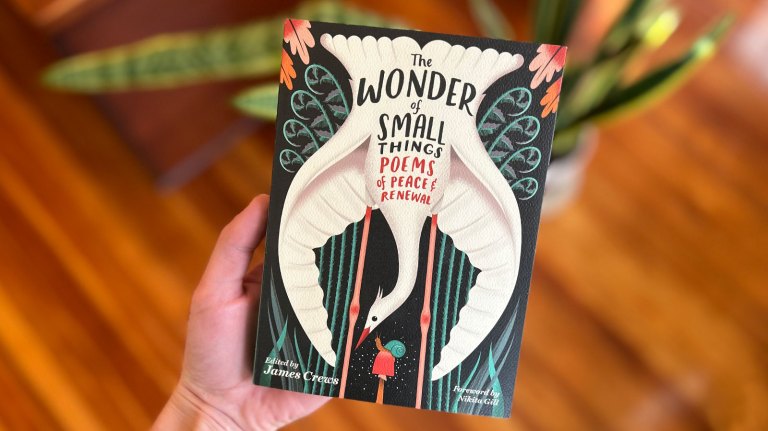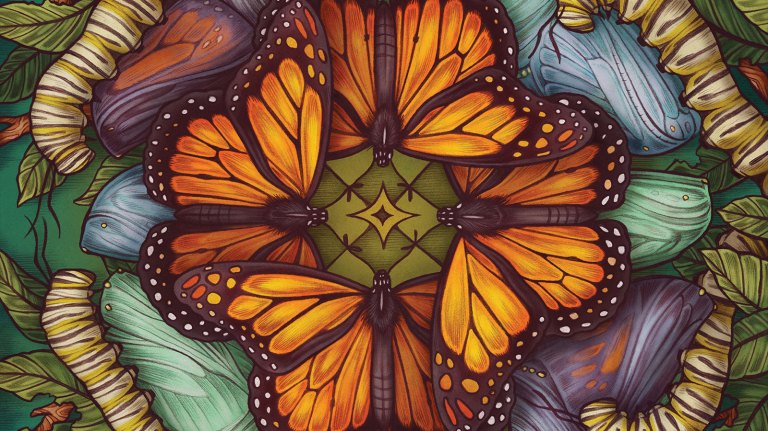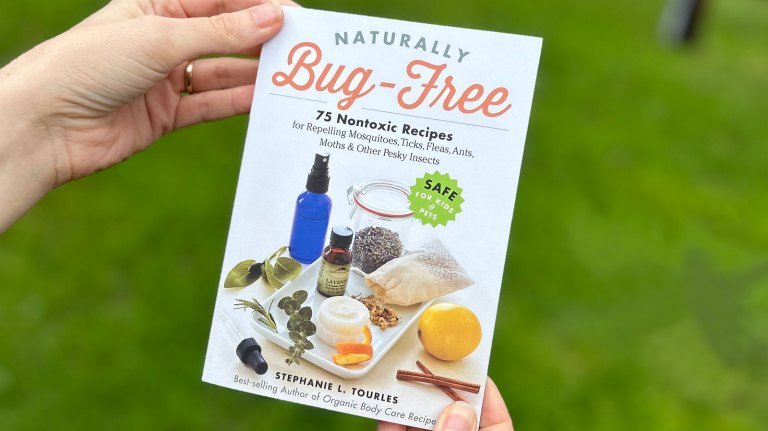Four Pure Herbal Colorants for Coloring Hair Naturally
These safe, gentle dyes do more than just give you hair color you’ll love. They’re all-plant pigments with benefits.
Hair dyeing with plants is a multicultural art practiced since ancient times. There is still a place for herbal color traditions, especially now, for those who are chemically sensitive, have life-threatening illnesses, are pregnant, have gray hair, are ecologically concerned, or want to live a more “organic” lifestyle that connects them with plants and their traditional uses.
The most well-known plant dyeing pigments are henna, indigo, cassia obovata, and amla. Because three of these herbal colorants represent the three primary colors (henna is red, cassia obovata is yellow, and indigo is blue), it is easy to create custom blends for your needs. By combining these colorants in different proportions or by applying them in consecutive steps, you can achieve a wide range of colors — from blond to copper to black.
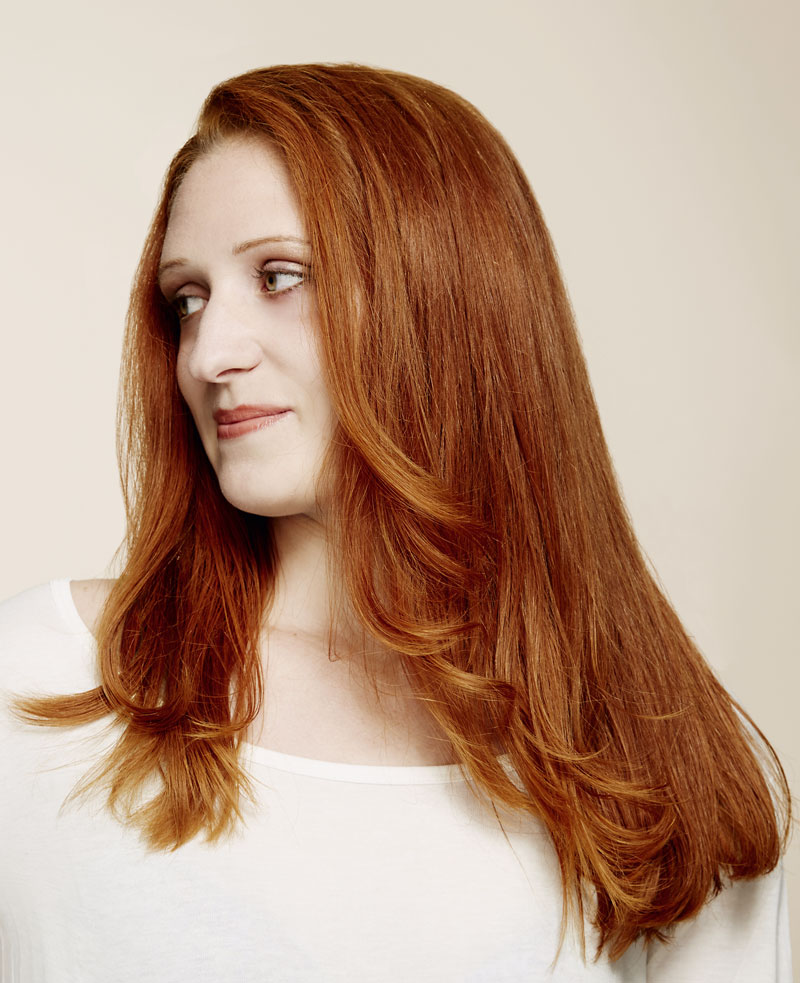
Henna
Pure henna stains hair red, orange, or a rich red brown, depending on your natural base color and the quality of the henna. Henna can be mixed with other natural hair dyes, including cassia obovata, for lighter shades of red or even blond. When mixed with indigo, it produces brown and black shades. Some products sold as “henna” include these other natural dyes.
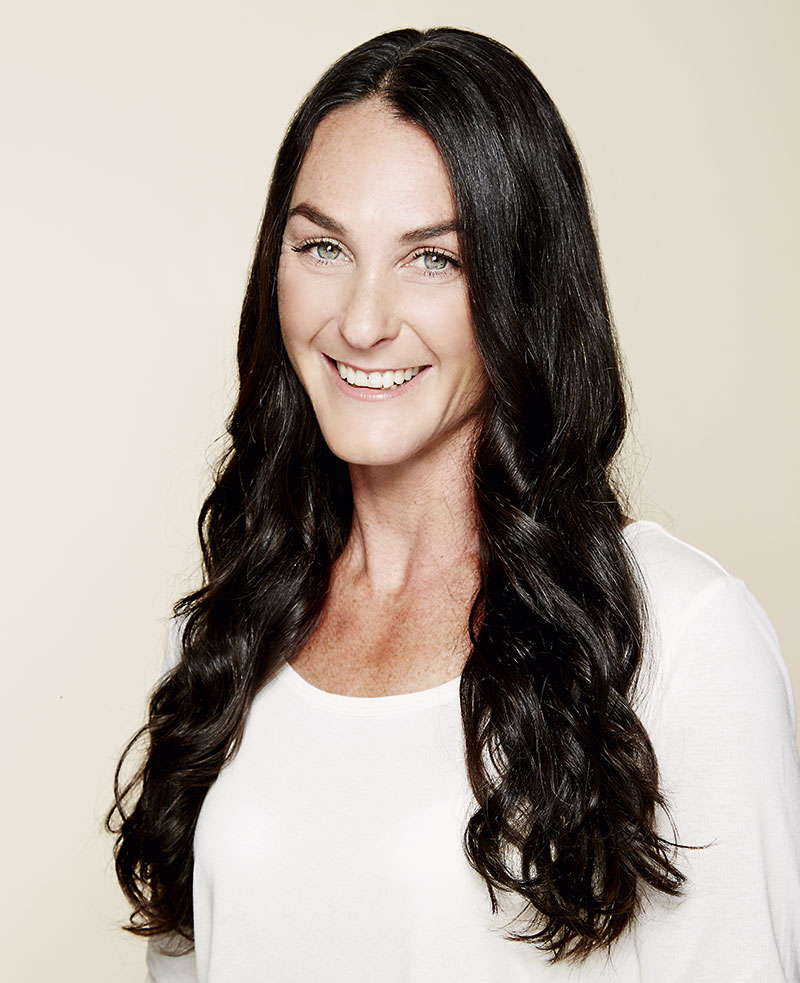
Indigo
The leaves of the indigo plant contain its famous deep blue dye. Production of the dye entails harvesting, drying, and grinding the leaves into powder.
For coloring hair, combine indigo with henna to achieve deep reds, brown reds, browns, and black. You can mix dry indigo into already marinated henna (or mix indigo with water and then add to henna) and add the combination at once to hair. Or you can perform a two-step process in one of two ways: you can first stain hair with henna and then stain it with indigo, or you can do two consecutive stains of the henna-indigo mixture, the first time for fill and the next for color.
I have used indigo alone on pure white hair, and it first turned an amazing bright green and then became an amazing deep purple in a few days! If you like to celebrate St. Patrick’s Day and you have all-white hair, you might want to try pure indigo.
Amla
Amla is most often used as a color adjuster to tone down the red of henna. While most resources indicate that amla does not color hair on its own, in my experience it enhances natural hair color. I have seen amla create a cool brown tone when used alone repeatedly on a natural brown base color, and a beautiful champagne color on all-white hair.
A most exciting benefit from amla is that it brings color back to gray and white hair, and it stimulates hair growth. It also strengthens hair roots and boosts color and luster, due to its carotene and iron content. Its general antioxidant capacity protects hair follicles from free radical damage and the hormones that can cause hair loss.

Cassia
Senna italica is the Latin name of the tree whose leaves are used to produce cassia obovata, the colorant used to dye hair. The plant has no relation to the cassia cinnamon tree (Cinnamomum cassia), the source of the spice used in cooking.
Chrysophanic acid is the name of one of the antimicrobial substances the various species of Senna share. In its pure form, chrysophanic acid is yellow and in high concentrations it can stain skin and hair a yellow tone; therefore, it is often referred to as “blond henna” (a misnomer because henna produces only red tones). It is also referred to as “colorless” or “neutral henna” because cassia does not change the pigment of hair that has a dark base color. Unlike chemical blond colorants, cassia does not “lift” hair tones, but for those with lighter shades of hair such as dirty blond, blond, strawberry blond, or even bleached hair, cassia will add brightness and color to the natural blond hues, which will deepen with repeated use. When used on gray hair, it will “tone down” the silver and gray shades.
I also use cassia in combination with the other herbal colorants to adjust shading. Cassia combined with various amounts of henna creates different shades of strawberry blond and red (such as copper and carrot). Combined with indigo, it brightens and/or lessens the ash tones on gray hair. It can also produce shades of browns when combined with henna, amla, and indigo. Further, it is a splendid hair conditioner, adding shine and thickness — and contributing to a happy, healthy scalp!
Excerpted from Natural Hair Coloring © By Christine Shahin.
